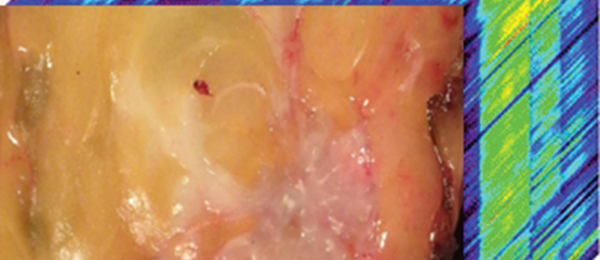Tumor detection using deep learning and Hyperspectral imaging
Complete tumor removal during breast-conserving surgery remains challenging due to the lack of optimal intraoperative margin assessment techniques. Therefore, in up to 37% of the women undergoing breast-conserving surgery, tumor is found in the resection margin of the resected specimen. To tackle this problem, recently we have developed a system which uses broadband hyperspectral imaging and a deep neural network to discriminate tumor from healthy tissue.
Hyperspectral imaging, or imaging spectroscopy, combines the power of digital imaging and spectroscopy. For each pixel in an image, a hyperspectral camera acquires the light intensity for a large number of contiguous spectral bands. Every pixel in the image thus contains a continuous spectrum and can be used to characterize the objects (tissues) with great precision and detail. Hyperspectral images obviously provide much more detailed information about the scene than a normal color camera, which only acquires three different spectral channels corresponding to the visual primary colors red, green and blue. Hence, hyperspectral imaging leads to a vastly improved ability to classify the objects (tissue) based on their spectral properties.
Recently deep learning methods have achieved state-of-the-art results on various applications such as face detection, machine translation, self-driving cars and also in biomedical applications. The use of AI and the deep-learning subtype, in particular, has been enabled by the used of big data along with high-performance GPU cards.
The aim of this study is to develop a deep convolutional network for the classification of tissue in hyperspectral images with high sensitivity and high specificity. A hyperspectral camera is available in our group as well as two GPU servers each one with 4 Nvidia GTX 1080 TI GPU cards.
Project Goal
- Improving the developed neural network for the detection of breast tumor using HS imaging on tissue slices.
- To investigate the development of a real-time machine learning/deep learning technique for the analysis of HSI images of fresh lumpectomy specimen as direct feedback to the surgeon during surgery.
Prerequisites
- Enthusiastic Master student in electrical engineering, biomedical engineering, computer science, Technical Medicine or a related field
- Interest in the intersection of machine learning and deep learning
- Understanding of basic machine learning concepts, image analysis and signal processing
- Programming experiences in MATLAB or Python
- A good team player with excellent communication skills
- A creative solution-finder
Duration: 10 weeks (M2) or 9 months (M3/BME/ME/MWT)
Start date: a.s.a.p.
